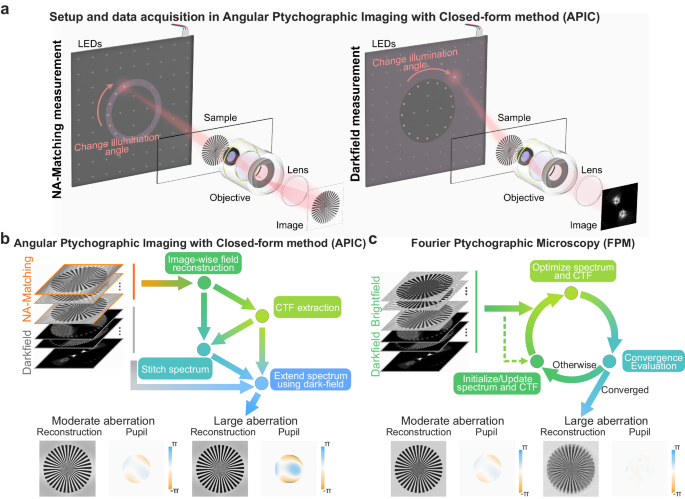2024-06-28 バッファロー大学(UB)

Porous crystalline materials, known as covalent organic frameworks, as seen above, could revolutionize gas separation, catalysis and sensing. Credit: University at Buffalo.
<関連情報>
- https://www.buffalo.edu/news/releases/2024/06/ICOFs-study-Science.html
- https://www.science.org/doi/10.1126/science.adj8791
共有結合有機フレームワークの温度調節振動によって0.2オングストローム以下の分解能で分子を認識する Molecular recognition with resolution below 0.2 angstroms through thermoregulatory oscillations in covalent organic frameworks
YIMING HU, BRATIN SENGUPTA, HAI LONG, LACEY J. WAYMENT, […], AND WEI ZHANG
Science Published:27 Jun 2024
DOI:https://doi.org/10.1126/science.adj8791
Editor’s summary
Gas separation is often done using solid membranes because it is hard to make porous ones with pores small enough to separate between gases that have similar atomic sizes. Hu et al. synthesized a series of ionic covalent organic framework (ICOF) materials by polymerizing monomers with tetraphenylborate linkages. These ICOFs exhibited a temperature-dependent linker oscillation that allows for dynamic control of the pore size through the rejection of some molecules due to the vibrations of the pores, with resolution down to 0.2 angstroms. The authors demonstrate size-dependent molecular recognition and separation of industry-relevant gases (O2, N2, CH4, CO2, and H2). —Marc S. Lavine
Abstract
Crystalline materials with uniform molecular-sized pores are desirable for a broad range of applications, such as sensors, catalysis, and separations. However, it is challenging to tune the pore size of a single material continuously and to reversibly distinguish small molecules (below 4 angstroms). We synthesized a series of ionic covalent organic frameworks using a tetraphenoxyborate linkage that maintains meticulous synergy between structural rigidity and local flexibility to achieve continuous and reversible (100 thermal cycles) tunability of “dynamic pores” between 2.9 and 4.0 angstroms, with resolution below 0.2 angstroms. This results from temperature-regulated, gradual amplitude change of high-frequency linker oscillations. These thermoelastic apertures selectively block larger molecules over marginally smaller ones, demonstrating size-based molecular recognition and the potential for separating challenging gas mixtures such as oxygen/nitrogen and nitrogen/methane.



